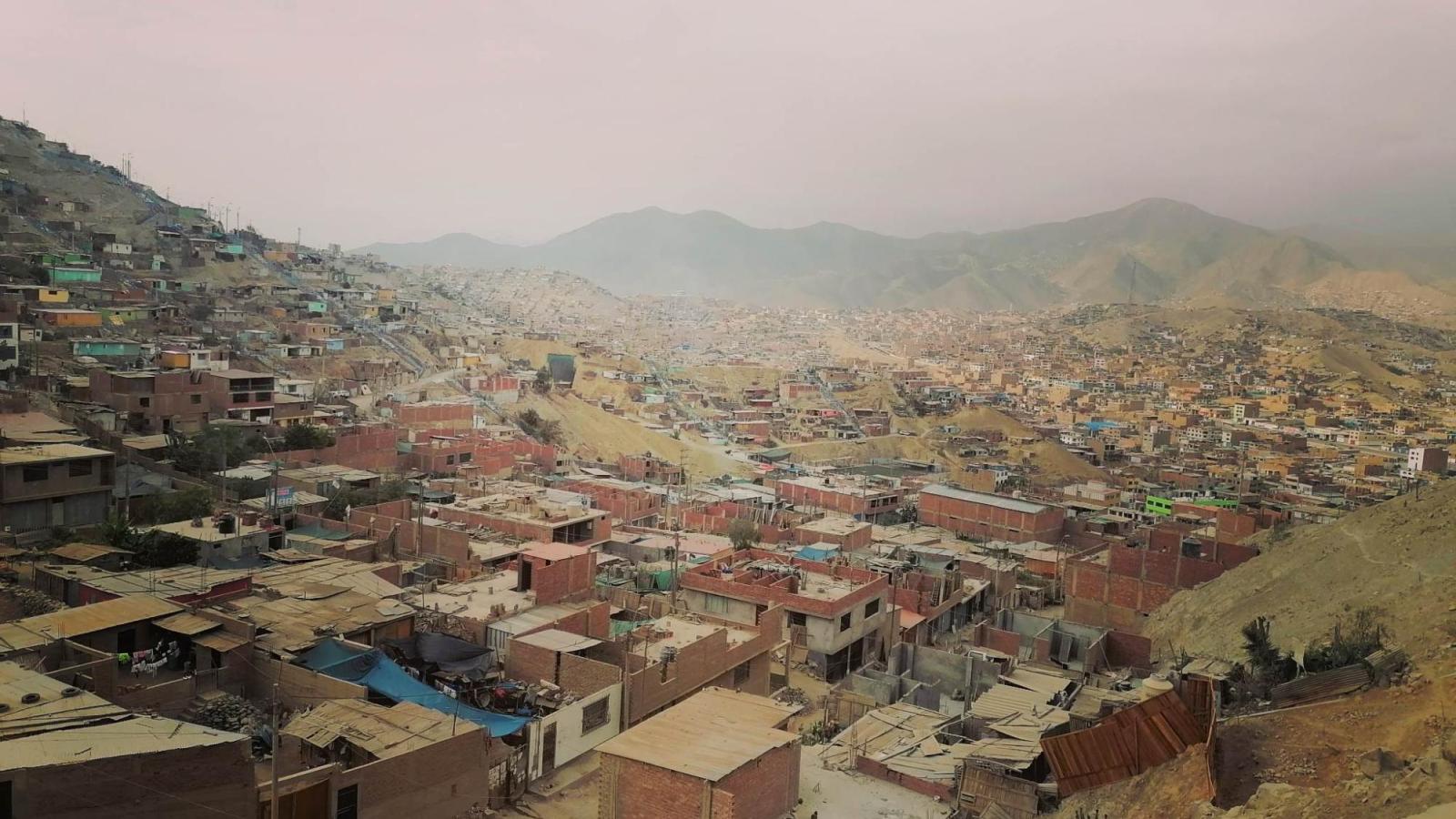Canada Newsletter, October
Over the last few decades, hundreds of thousands of Peruvian people have left poor, isolated Andean mountain communities to search for a better life.
The destination for many has been settlements outside Lima, such as Manchay. Manchay sits in an arid, desert-like, mountainous area. Housing is poor. Nearly 50% of the population still sits below poverty. And most concerning, water is very hard to come by.
Existing rivers and groundwater levels are low. Rainfall is rare and unpredictable. In this context, the need to find an alternative source of water became critical.

Harvesting a new water source: fog
Despite the arid conditions, Manchay does have an abundance of one weather pattern - fog.
EMI's office in Mexico, in partnership with its Peruvian partner Communities for Life (C4L), recognized that an innovative solution could be found by working with this natural weather system.
Fog harvesting involves a straightforward, yet effective process. Large mesh nets, known as fog catchers, are strategically placed in areas with high fog flow (often higher terrain). As fog passes through the nets, tiny water droplets become trapped. These droplets accumulate, are collected in troughs and then channeled to storage tanks.
Initial research shows that a fog catcher in an arid environment can generate up to 112 litres per day per square metre of netting.
As EMI supports the development of these fog harvesters, the residents of Manchay are looking forward to a number of key benefits. These include:
- Improved water security: whereas relying on scarce rainfall lacks reliability, the simple technology that allows for the capture of consistent fog supports the community year-round.
- Community empowerment: as the community receives training on this sustainable water management process, a sense of ownership and responsibility is created.
Innovative design around the world
Across EMI’s international offices, we continuously strive to find new and innovative ways to design infrastructure that meets the needs of communities that are struggling. Whether it is (Example 1 or Example 2), see how communities around the world are receiving the right solutions that meets their contextual needs.
Thank you for journeying with EMI to support the ministries and communities around the world.
Still curious about fog catchers? See the EMI-created infographic below:

